Huawei P8 Lite Review
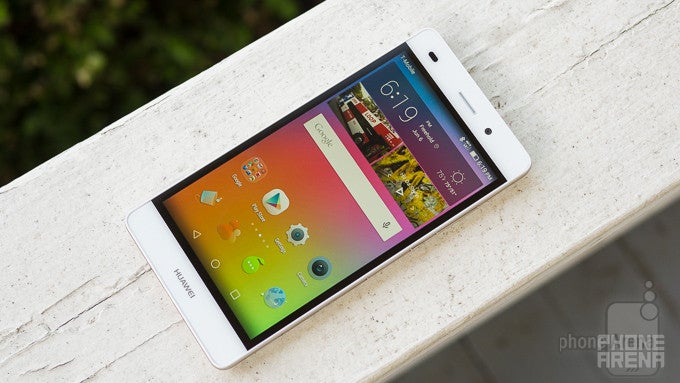
Introduction
The war in the 'premium' mid-range segment is ongoing and constantly heating up, as more and more companies are pushing out devices that seem to be vying for notoriety in this new, competitive space. Asus and Alcatel have been victorious in what they've delivered in the Zenfone 2 and Onetouch Idol 3 respectively, but now it's Huawei's turn to show consumers what it can counter with. Fresh off the release of its recent high-end offering in the P8, the company retools the handset to accommodate a significantly more competitive price point of $249.99 outright – a seemingly logical move to keep it in good light with the other options that have already been proven to be successful. Does the Huawei P8 Lite have enough goodies to triumph over the aforementioned, highly acclaimed smartphones?
The package contains:
- Huawei P8 Lite
- microUSB cable
- Wall charger
- Quick start guide
- Product and safety information
Design
It’s a more compact, all-plastic version of the P8. Looks good, but there’s definitely less of that premium feel.
Replicating what they've done already, the P8 Lite is undoubtedly staying true to the P8's style by employing the same design language – one that's notable for its uniformly flush surfaces and 7.7mm ultra-thin profile. It's obvious it looks exactly like the P8, with the exception that it has a smaller overall footprint, while it's also thicker, and rocking a plastic body. Gone is the metal design, replaced instead by a plastic one, which does nicely to match the brushed metal finish of its beefier spec'd, more premium feeling sibling, but still undeniably plastic. Quite frankly, it's instantly noticeable that the 'premium' feel is lost with its plastic construction, but it's not too heavily compromised with its build quality.
In similar fashion, the ports and buttons are located in the same spots as the P8. The left edge of the phone is clean, while the right is home to its volume control, power button, microSD slot, and dual micro/nano SIM slots. Over on the top edge, we have its 3.5mm headset jack and noise-cancelling microphone. Finally, the bottom edge is occupied by the microUSB port, microphone, and internal speaker.
Display
Details aside, everything else about the display is a disappointment.
Being ‘competitively’ priced sometimes warrants inferior qualities, which unfortunately for this, is what’s evident with its display. In particular, the screen exudes a disturbingly cold color temperature of 8536K – giving the color white a profoundly bluish hue. Not only that, but it’s terrible at reproducing colors, especially shades of magenta, which appear more blue in tone than anything else. Finally, at wide viewing angles, there’s visible distortion that makes colors appear severely subdued. And oh yeah, it’s also lackluster with its 380 nit luminance.
After witnessing the sheer attraction and iridescence that came along with the Alcatel Onetouch Idol 3’s display, we’re clearly disappointed in the P8 Lite’s – it’s just blah, made worse by its inferior qualities.
Interface and Functionality
Asus did it, as well as Alcatel. It’s just unacceptable that the P8 Lite is launching with KitKat.
Despite launching after the P8, this phone is running a slightly older version of Huawei's customized Android experience – the Emotion UI 3.0, rather than version 3.1. Additionally, it's running on top of Android 4.4.4 KitKat too, which is pretty alarming not only because the international version of the phone is greeted with Android 5.0 Lollipop, but also for the fact that it's pretty unacceptable for any NEW phone to launch this late without Lollipop in tow at the very least. Love it or hate it, the EMUI 3.0 experience eliminates the traditional apps panel, placing all the icons onto the homescreen. The result, though, is an interface that's cluttered and disorganized, even though some would vouch that putting them into folders would mitigate the issue. On the surface, it has all the useful functions and qualities of any Android smartphone, but it's really not the type to appease power users. Sure, there's a higher degree of personalization brought on by downloadable themes, but it lacks the multi-tasking prowess and deep feature sets we see in other custom Android experiences.
Processor and Memory
Even basic operations can overwhelm the handset’s Snapdragon 615 chip.
Adios Kirin! For its US release, Huawei decided to power this variant of the P8 Lite with an octa-core Qualcomm Snapdragon 615 chip coupled with 2GB of RAM and the Adreno 405 GPU. Strangely, though, it exhibits some minor lag navigating across the homescreen, which isn't a problem with the Alcatel Onetouch Idol 3, especially when it's powered by the same chipset. Effective enough to handle general light tasks, the phone's performance clearly suffers in graphics processing.
For the price, its 16GB of internal storage is more than sufficient, but there's also its microSD card slot to supplement things.
Internet and Connectivity
Equipped to handle traveling domestically and abroad, the only issue that comes to play is its lack of support for the CDMA bands. Meaning, Sprint and Verizon customers are out of luck. Regardless, it’s outfitted with the usual set of connectivity features consisting of aGPS, Bluetooth 4.0 with EDR, and 802.11 b/g/n Wi-Fi. Another strange omission, NFC is not something in its arsenal – a shame indeed.
Camera
The camera serves its purpose, however, it underperforms with video recording and low light capture.
Armed with a 13-megapixel Sony sensor, which features an f/2.2 aperture lens, BSI, and an LED flash, it puts the Huawei P8 Lite in the same scope as the Alcatel Onetouch Idol 3 and Asus Zenfone 2. They also feature 13-megapixel cameras, and so far, we’ve been generally pleased by what they produced – so we’re hoping to see similar results here. Around the front, it’s sporting a 5-megapixel snapper.
Running the camera app, the P8 Lite looks like it’s offering the same styled interface and shooting modes as the P8, but upon further inspection, that’s necessarily not the case. Visually, the camera interface boasts the same simple layout. Functionally, however, we’re only given the usual crop of modes – such as panoramic, HDR, best photo, all-focus, watermark, beauty, and a wide selfie panoramic. It just doesn’t have the diversified low lighting and manual modes of the P8. Still, there’s quick launching of the app and snapping a photo by double pressing on the volume down button.
Glancing at the sample taken by the phone, we’re generally content with the quality of outdoor shots – ones that are taken when there’s an abundance of lighting. Images have good detail, but colors are more on the flat side and it seems to struggle with dynamic range. That’s where its HDR mode comes into play, by balancing out the exposure to produce an evenly exposed image – without the overblown or artificial colors that some other phones deliver. However, it’s more prone to blurring with HDR.
The phone handles macro and panoramic shots with ease. With the former, the all-focus mode gives us the flexibility of selecting the focus post shot. Another good example are the photos of the flowers and plants. As for panoramic photos, the P8 Lite does nicely to stitch images together without much compromise. While it’s a decent performer under ideal conditions, the camera’s quality takes a drop under low light – where details are sparse, blurring becomes more profound, and traces of fringing are evident.
Its 1080p video quality as a whole, isn’t as good as its still image capture. Right off the bat, we can tell that it once again has a tougher time dealing with dynamic range, since it seems to favor an over-exposed composition. On top of that, its exposure adjustment is a bit on the jumpy side – while the lack of continuous auto-focus means we’re required to constantly tap the screen to adjust it.
We know that the P8 is billed for serious photographers, but the P8 Lite, much like its name, offers simple and easy photo taking. While it’s not a home run in all areas, it still carries along a few great qualities with its package.
Multimedia
The speaker is underpowered in volume and emits shrill tones.
Although it’s more than capable of playing back 1080pp video with ease, it’s not accompanied with the same amount of attention we get from watching something on a better screen – like the iridescent look of the Alcatel Onetouch Idol 3’s panel.
Call Quality
Good substance behind voices make phone calls a breeze to handle.
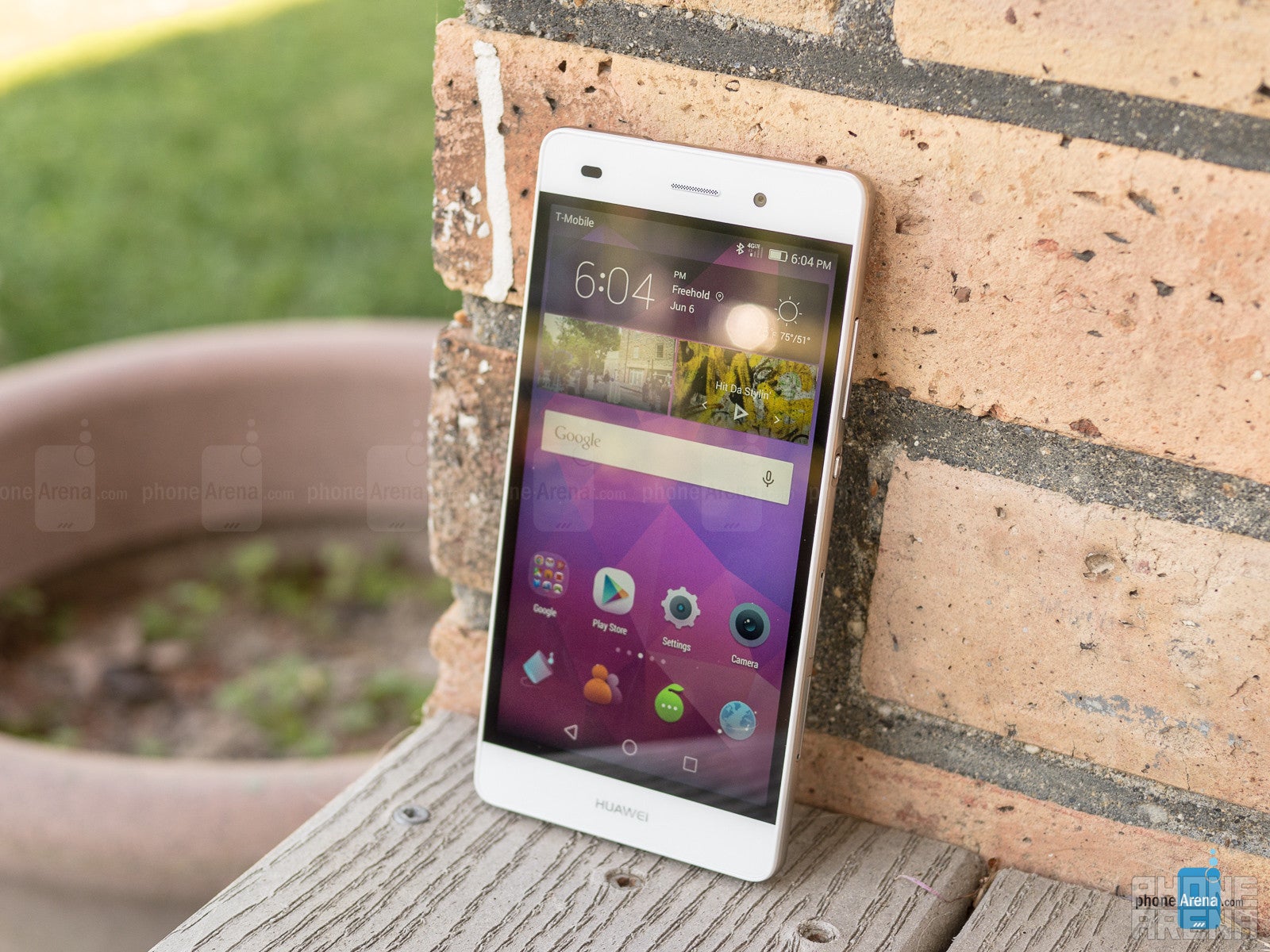
Battery
Its 2200 mAh sputters behind its rivals in our benchmark test.
Internally, there’s a 2200 mAh battery giving the P8 Lite juice to run, which is a lower capacity cell than the batteries in the Asus Zenfone 2 and Alcatel Onetouch Idol 3. Not surprisingly, its battery life is a bit less than its esteemed rivals, primarily due to the lower capacity. For day-to-day use, it gets us through a work day, but it’s something that needs additional juicing if we’re to continue using it into the night.
In our battery benchmark test, it achieves a mark of 5 hours and 30 minutes – shy of the results from its direct rivals. And that’s with setting the display to 170 nits in our testing, as opposed to the usual 200 nits! Lastly, it takes an excruciatingly long 136 minutes to recharge its battery!
Conclusion
Huawei has been in the US market for quite some time now, slowly infiltrating the space with its line of entry to mid-range phones.
On paper, the $249.99 price of the Huawei P8 Lite is an attractive one that no doubt commands attention. While we appreciate how it does its best to emulate the design of the P8, the phone is greeted with stiff competition already out of the gate – the Asus Zenfone 2 and Alcatel Onetouch Idol 3, which we’ve been recalling throughout this review. These two direct competitors are priced similarly as the Huawei P8 Lite, but they both seem to be better spec’d than this.
After checking out what those two phones offered, it’s tough for the P8 Lite to garner the same level of attention from consumers – not only from a specs point of view, but also from a performance standpoint. Most folks will be content with the value it offers for the price, but it simply can’t match the Alcatel Onetouch Idol 3 in terms of overall value. This one has a 720p screen, that one has a 1080p one. This one has Android 4.4 KitKat, while that one has Android 5.0 Lollipop. See what we’re getting at here?
Software version of the review unit:
Android Version: 4.4.4
Baseband Version: 20107091
Kernel Version: 3.10.28-g8a4d7c1
EMUI Version: EMUI 3.0

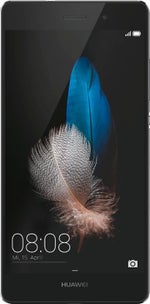
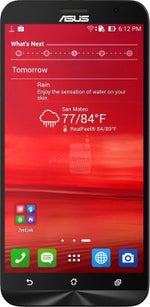
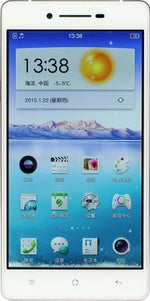
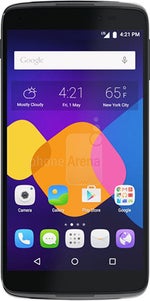

























Things that are NOT allowed: